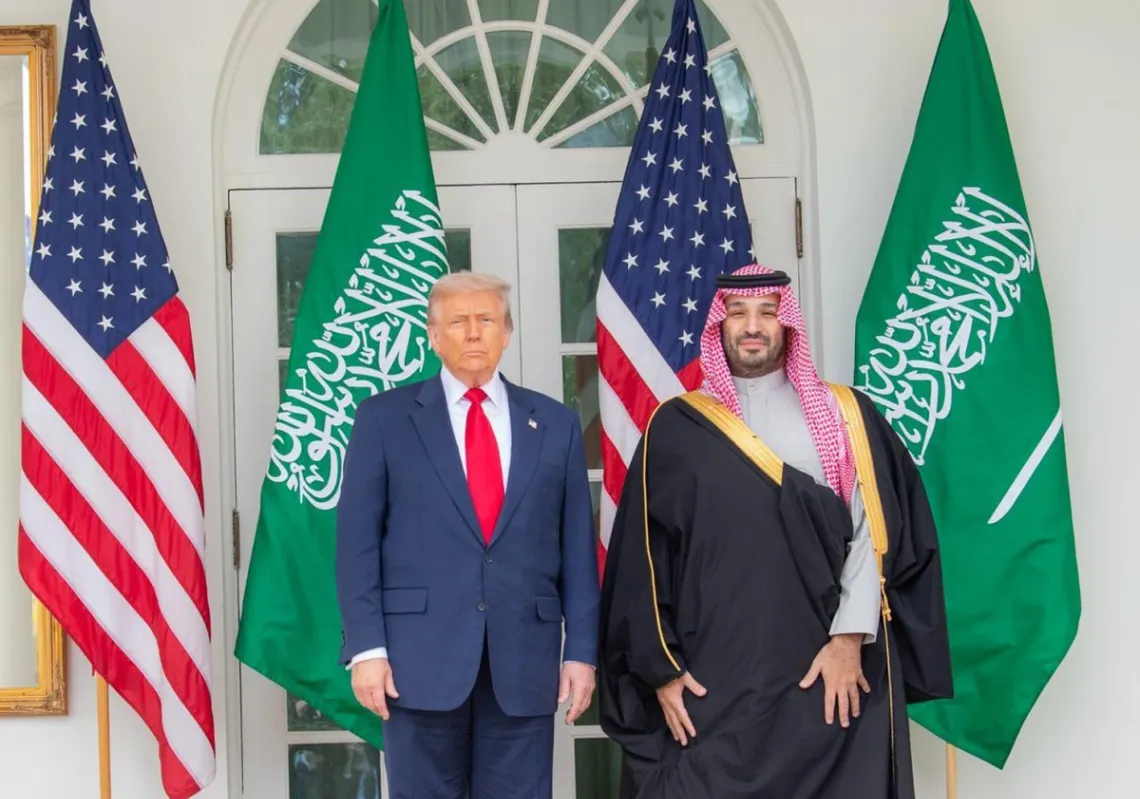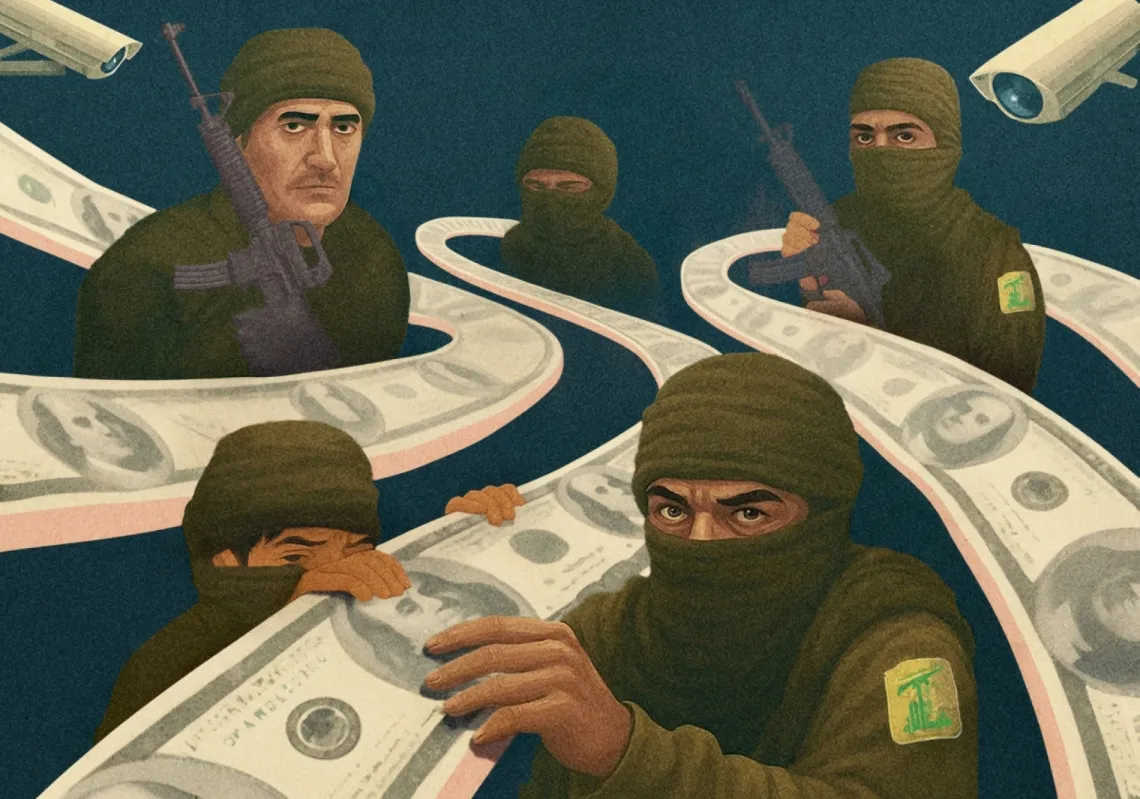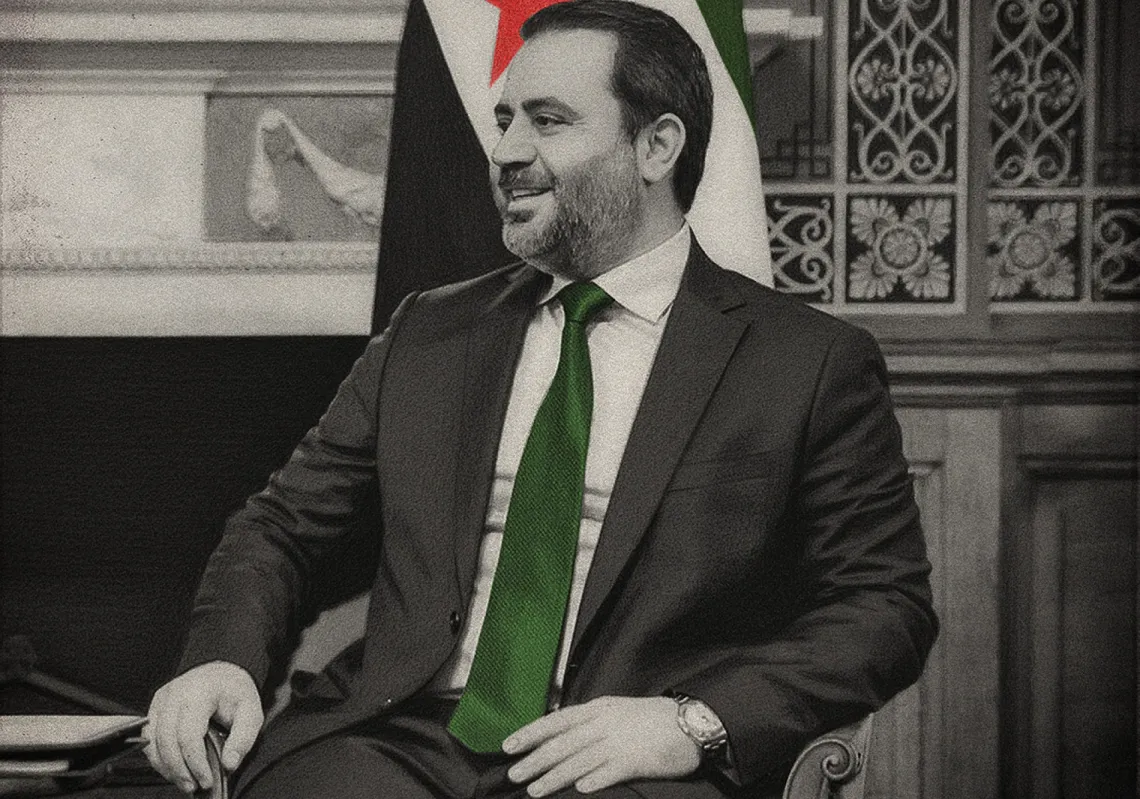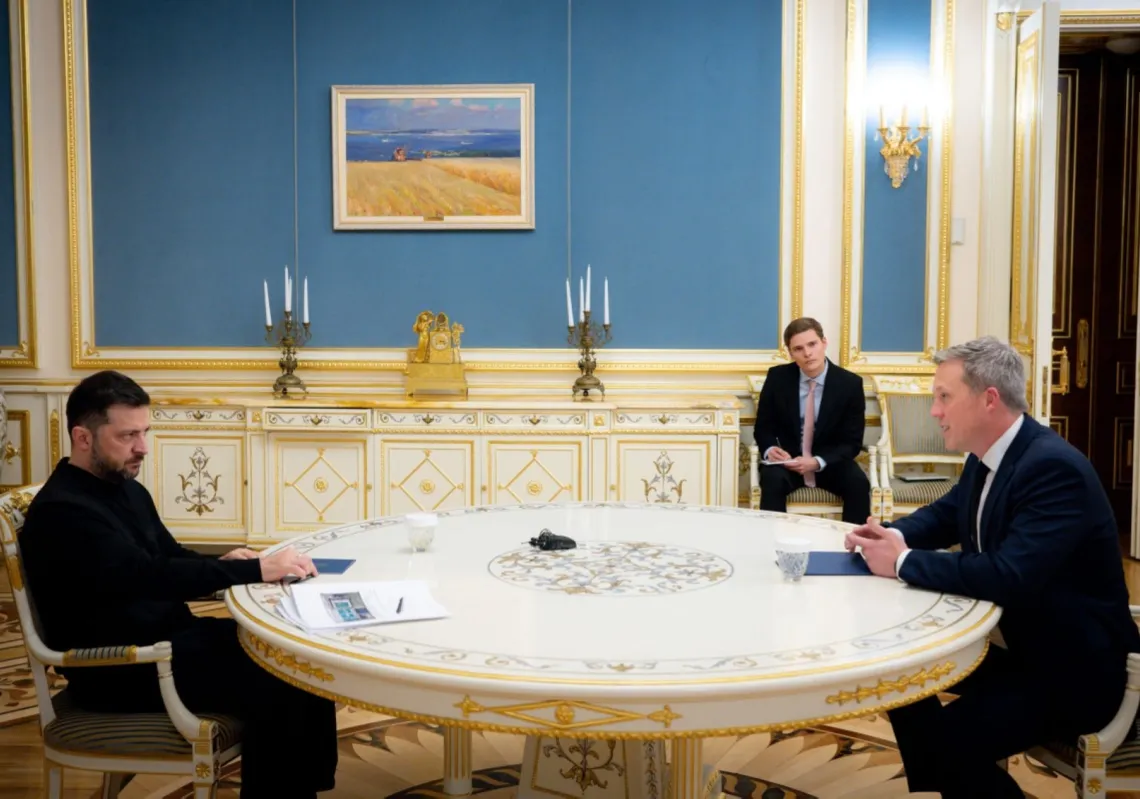Baghdad: “Because they can more easily control a weakened Afghanistan,” one member of the government security forces at the time claimed in a July 2021 interview in trying to explain why two of the country’s neighbours seemed to be supporting parts of the Taliban.
“But it will one day come back to hit them in the face,” he opined, angrily.
As provincial capitals fell in rapid succession across Afghanistan in July and August of 2021, numerous Afghan officials told me both Pakistan and Iran expected to gain a great deal from a Taliban takeover.
A few weeks later, on 15 August 2021, the Taliban took over the capital and the man quoted as well as many of his colleagues fled the country.
While both countries have seen benefits in terms of trade, they have also seen negative repercussions. Threats to security and water disputes may lead to major problems in the near and distant future for both.

Read more: Iran’s clashes with Afghanistan over water could reveal deeper ambitions
Iran and its chessboard of support
In recent weeks, media reported that “Taliban leaders” had shut down the offices of Iran’s Imam Khomeini Relief Foundation in some of Afghanistan’s largest cities in July.
High-ranking Iranian officials have requested an explanation.
The charitable organisation was founded in March 1979 to provide support to poor families inside and outside Iran and has branches in many countries including Pakistan, Afghanistan, Tajikistan, Azerbaijan, and Iraq.
Iran has long used its cultural institutions and other bodies operating in foreign countries to promote not only Iranian culture but also to foster political influence and spread its ideas on religion and so-called “resistance” struggles.
When reporting from Kabul in 2015, I spoke to one man from Afghanistan’s Shiite community who said that the Khatam Al-Nabayeen mosque and religious seminary complex in Kabul founded by Grand Ayatollah Mohammed Asif Mohseni set “policies for sermons in other mosques throughout the country, which often focus on countering the Western “cultural invasion” of the country.
Mohseni — who studied in the Iraqi city of Najaf and lived for many years in Iran’s holy city Qom — is originally from Kandahar. He died in 2019 and was buried at the Khatam al-Nabayeen complex.
The Afghan grand ayatollah owned Tamadon TV, a television network similar to Iranian state-run television channels with largely religious content that continues to be run by members of the Hazara Shiite community.
“On Tuesday, February 14, about 10 armed Taliban members raided the headquarters” of Tamadon TV, “beat several staff members, and held them for 30 minutes,” according to the Committee to Protect Journalists.

Read more: Understanding Iran's pragmatic approach in Afghanistan
In 2010, the New York Times reported that then-president Hamid Karzai’s chief of staff Umar Daudzai had been receiving a ‘’steady stream of Iranian cash intended to buy the loyalty of Mr Daudzai and promote Iran’s interests in the presidential palace’’, and that the money had been used to pay Afghan lawmakers, tribal elders and Taliban commanders.
The source from the Shiite community in Kabul told me in 2015, however, that Iran had by that year seen its power to influence the Afghan government reduced and that the Taliban had then become ‘’a good tool for Iran’’.
In 2015, the Wall Street Journal reported that Iran was believed to have stepped up its supply of weapons, ammunition and funding to the Taliban and quoted sources saying Iran had begun training and recruiting fighters for them.
The media outlet quoted Western and Afghan officials as stating that Iran had allowed the Taliban to set up an office in Mashhad in 2014. It added that Iran was allegedly operating at least four training camps for them.

Iran and its discontent
Iran is often held up by its supporters as the “protector of the Shiite community” in the world but channels money to Sunni militants in regions where it serves their purposes, for example to Palestinian armed groups.
















